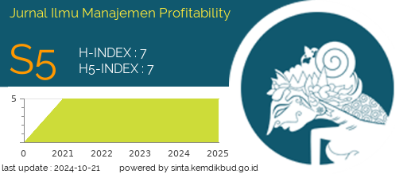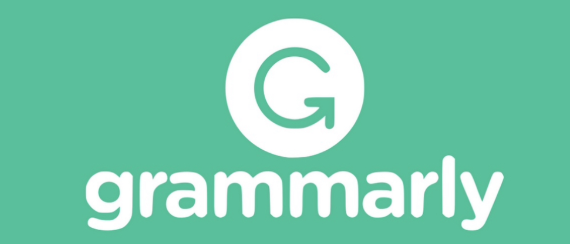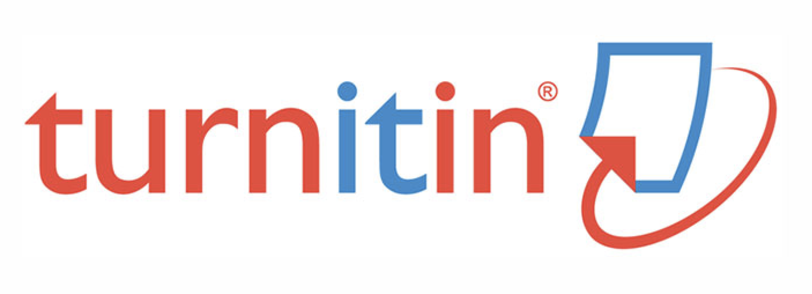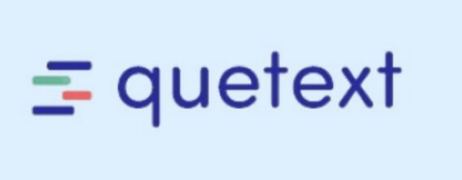STRATEGI PENGEMBANGAN OBJEK WISATA PANTAI APPARALANG SEBAGAI DAERAH TUJUAN WISATA KABUPATEN BULUKUMBA
DOI: https://doi.org/10.26618/profitability.v3i1.2508
Abstract
The data collection technique used is library research. This study aims to determine the opportunities for developing tourism objects in Apparalang Beach in Bulukumba Regency and to find out strategies that can be done by the government in developing tourism objects in Apparalang Beach in Bulukumba Regency. This type of research is qualitative descriptive, which is an analysis used to systematically describe or solve problems using the SWOT analysis method, namely the analyst in question to see how far the application of tourism development strategies in increasing tourists based on strengths, weaknesses, needs, and threats. The strategy adopted by the tourism agency is a position to maintain and maintain. This condition is key in determining strategies that might be developed in market penetration and development of products that are in accordance with the conditions of the tourism agency of Bulukumba Regency. The three main strategies that are produced are conducting socialization of Sapta Pesona or penyadara benefits of tourism for all levels of society in a sustainable and systematic manner, development of community-based tourism, and tourism HR services must have tourism certification
References
Fahmi, Irham, 2013 Manajemen Strategis Teori dan Aplikasi. Bandung: CV Alfabeta.
Hasan, F. 2004. Pembangunan Berwawasan Budaya. Jakarta: Departemen Kebudayaan dan Parawisata.
Heene, Aime dkk, 2010. Manajemen Strategik Keorganisasian Publik. Bandung: PT Refika Aditama.
Hunger, J David dan Wheelen, Thomas L, 2003. Manajemen Strategis. Yogyakarta: Andi.
Hutabarat, Jemsly dan Martani, Huseini, 2006. Pengantar Manajemen Stratejik Kontemporer, Strategik di Tengah Operasioanl. Jakarta: PT Elex Media Komputindo.
Kurniawan, Fitri Lukiastuti dan Hamdani, Muliawan, 2000. Manajemen Stratejik dalam Organisasi. Yogyakarta:MedPress
Kusudianto, Hadinoto. 1996. Perencanaan Pengembangan Destinasi Parawisata. Jakarta: UI-Press.
Moleong, Lexy J, 1995, Metodologi Penelitian Kualitatif, PT. Remaja
Rosdakarya, Bandung
Mintzberg, Henry.dkk, 2003. The Strategy Process. Edisi Keempat. New Jersey: Upper Saddle River.
Pradikta, Angga, 2013. Strategi Pengembangan Objek Wisata Waduk Gunungrowo Indah dalam Upaya Meningkatkan Pendapatan Asli Daerah (PAD) Kabupaten Pati
Pitana, I Gde dan Diarta, I Ketut Surya, 2009. Pengantar Ilmu Parawisata. Yogyakarta:Andi.
Pitana I Gde. 2002. Parawisata, Wahana Pelestarian Kebudayaan dan Dinamika Masyarakat Bali. Denpasar Bali : Universitas Udayana
Rahman, A., & Rasulong, I. (2015). Empowerment of Creative Economy to Improve Community Incomes in Takalar Regency. IOSR Journal of Business and ManagementVer, 17(4), 2319-7668.
Rasulong, I. (2011). Faktor Penentu Motivasi Dan Kepuasan Kerja Karyawan Di Universitas Muhammadiyah Makassar. B alance, 7(2), 51.
Rasulong, I. (2012). Implikasi Dana Perimbangan Terhadap Pertumbuhan Ekonomi Dan Dampaknya Terhadap Pendapatan Asli Daerah Kabupaten Takalar. JEB, 8(2).
Rahim, A. R., Rasulong, I., Jusriadi, E., & Adzim, F. (2016). STRATEGI IMPLEMENTASI MODEL PENGEMBANGAN WIRAUSAHAWAN MUDA BAGI MASYARAKAT PESISIR KABUPATEN TAKALAR. Balance, 14(02).
Rasulong, I. (2011). PEMAHAMAN NASABAH TENTANG KONSEP MUDHARABAH (Studi Pada BMT Ditha Anugerah Abadi Makassar). Jurnal Ekonomi Balance, 7(1), 32-42.
Rusydi, M., & Rasulong, I. (2009). Dampak Kredit Rentenir terhadap Keuntungan Usaha Pagandeng Sayur di Kecamatan Pallangga Kabupaten Gowa. Jurnal Ekonomi Balance, 5(2), 159-167.
Rasulong, I., & Asdi, M. A. S. MODEL PENGEMBANGAN WIRAUSAHAWAN MUDA BAGI MASYARAKAT PESISIR KABUPATEN TAKALAR.
Robbins, Stephen P. dan Coulter, Mary, 2009. Manajemen. Edisi Kedelapan. Klaten: PT Macanan Jaya Cemerlang
Sedarmayani,2014. Manajemen Strategi. Bandung: PT Refika Aditama.
Siagian, Sondang P, 2003. Manajemen stratejik. Jakarta: Bumi Aksara
Umar, Husein. 2013. Desain Penelitian Manajemen Stratejik. Jakarta: PT Rajagrafindo Persada.
Downloads
Published
Issue
Section
License
Authors who publish with Jurnal Ilmu Manajemen Profitability agree to the following terms:
Copyright of the articles remains with the authors.
Authors grant the journal the right of first publication with the work simultaneously licensed under a Creative Commons Attribution-NonCommercial 4.0 International License (CC BY-NC 4.0). This license allows others to:
Share (copy and redistribute the material in any medium or format)
Adapt (remix, transform, and build upon the material)
as long as they give appropriate credit to the original author(s) and source, provide a link to the license, and indicate if changes were made. Non-commercial use only.
Authors are permitted to:
Distribute their published work (e.g., post it to an institutional repository or publish it in a book), with an acknowledgment of its initial publication in this journal.
Enter into separate, additional contractual arrangements for the non-exclusive distribution of the journal’s published version of the work (e.g., post it to a class website or institutional archive).
For permissions to use the content published in this journal beyond the scope of the license (e.g., commercial purposes), please contact the editorial office via the journal email.
License Details:
This journal is licensed under a Creative Commons Attribution-NonCommercial 4.0 International License (CC BY-NC 4.0).












